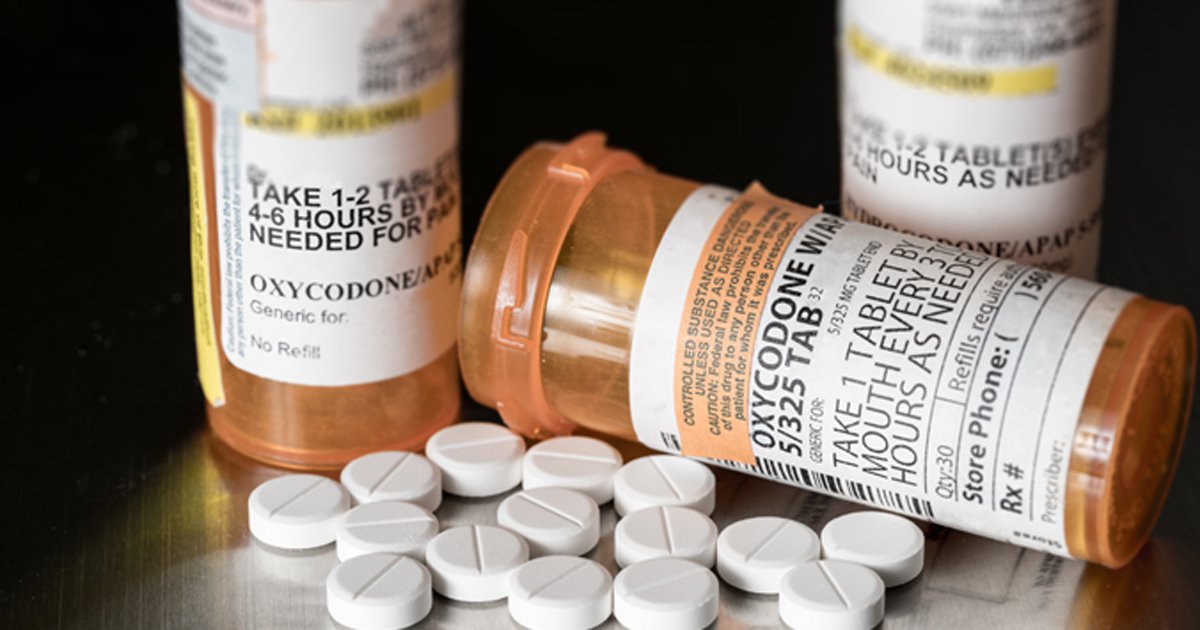August 01, 2025
2 min read
Key takeaways:
- Safety labels will now explain risks associated with long-term use.
- Data from a pair of postmarketing requirements are driving these changes.
- Applicants have 30 days to submit their updates to the FDA for review.
The U.S. FDA is requiring changes to safety labels for all opioid medications, explaining risks associated with their long-term use, according to a press release from HHS.
These risks include misuse, addiction, nonfatal overdoses and fatal overdoses, based on data presented during a public advisory committee meeting in May.

Nearly 1 million Americans have died of opioid misuse, according to the U.S. FDA. Image: Adobe Stock
“The death of almost 1 million Americans during the opioid epidemic has been one of the cardinal failures of the public health establishment,” FDA commissioner Marty Makary, MD, MPH, said in a press release.
Labeling changes will include clearer risk information, FDA said, summarizing study results estimating risks for addiction, misuse and overdose with long-term use. There also will be stronger warnings about the higher risks that come with higher doses, noting that these risks remain over time, the FDA continued. Additional changes will include:
- Clarified use limits: Language that could be misinterpreted to support the use of opioid pain medications for indefinite durations will be removed.
- Treatment guidance: Labels also will reinforce how long-acting or extended-release opioids should be considered when shorter acting opioids and other treatments are inadequate.
- Safe discontinuation: Patients who may be physically dependent on opioids will be reminded that they should not suddenly stop using them, which can cause serious harm.
- Overdose reversal agents: Warnings about combining opioids with other drugs that slow down the nervous system such as gabapentinoids will be enhanced.
- More risks with overdose: Labels will provide new information about toxic leukoencephalopathy, which FDA called a serious brain condition that is possible following an overdose.
- Digestive health: Labels will include updates about esophageal problems related to opioids.
The FDA said it based these changes on data from a pair of FDA-required postmarketing requirements indicating the potential for side effects with long-term opioid use, as well as on public comments, medical research and the absence of adequate and well-controlled studies on the effectiveness of long-term use.
Also, the FDA said it is requiring an additional, prospective, randomized controlled clinical trial designed to directly examine the benefits and risks of long-term use of opioids.
The FDA further said that it has sent letters to relevant applicants outlining these changes, giving them 30 days to submit their labeling updates for review.
The AMA said these requirements appropriately focus on physicians who make individualized and informed decisions about these prescriptions, in addition to supporting informed decision-making among patients.
Also, the AMA agrees that decisions about starting therapy with opioids should depend on whether benefits outweigh the risks.
“We agree that, if opioid therapy is indicated, physicians should start low and go slow,” Bobby Mukkamala, MD, president of the AMA, said in a statement. “We further agree with the FDA that rapid escalations and rapid discontinuation should not occur to avoid patient harm.”
Mukkamala noted that these changes continue the approach begun in the CDC’s 2022 prescription guideline for opioids, which emphasized the importance of individualized, shared decision-making.
“The AMA and our Substance Use and Pain Care Task Force continue to support pharmacotherapy and nonpharmacotherapy options that are based on the physician’s best medical judgment and individualized patient characteristics,” Mukkamala said.
“This approach has been instrumental in the dramatic reduction in opioid prescriptions and opioid fatalities,” he added. “We will continue to pursue policies with our federal partners that offer appropriate relief to our patients with pain.”
Reference:
- On opioid labeling, FDA emphasizes patient-physician relationship. Published August 1, 2025; Accessed August 1, 2025.










